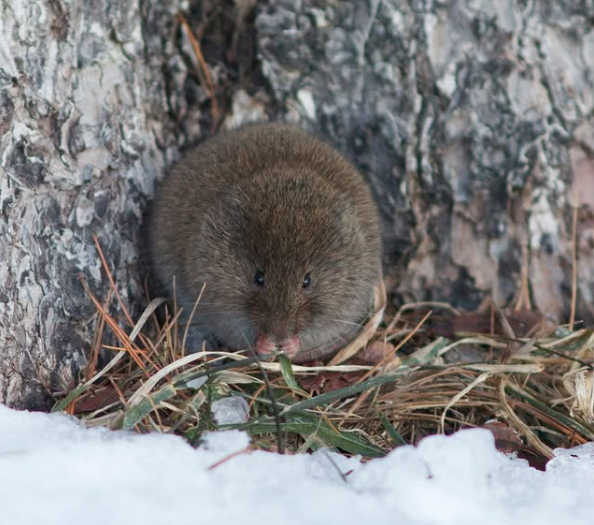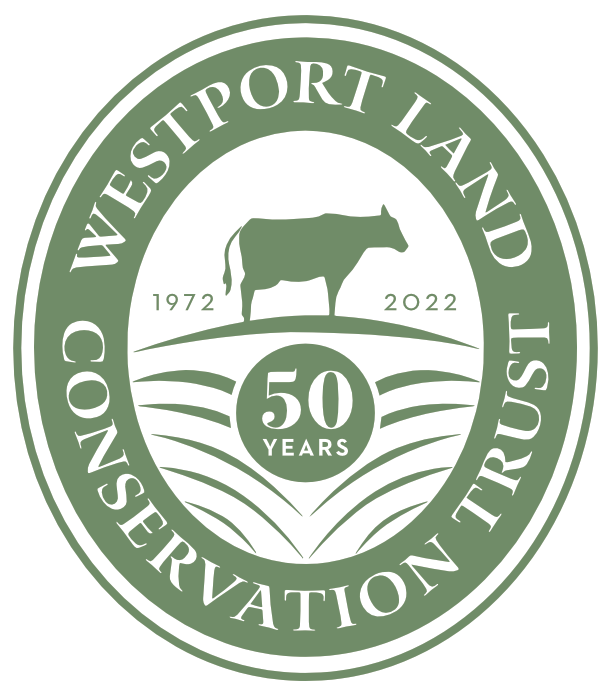January’s biting winds and frosty temperatures have quickly reminded us of the true nature of our New England winters. Blustery winds mean there have been whole days here at Westport Woods with not bird in sight, and only frozen scat indicates a presence of the wildlife around us. Beneath the snow, hidden in the grasses, and tucked away behind the edge of the woods lives a world adapted to winter.
Learning Center highlight: Hibernation
This month our theme at the Learning Center focuses on wintertime hibernation.
Winter in New England is cold, food sources are scarce, and there is much competition for what is available. An animal who can lower the amount of food and water it needs until the growing season starts again raises its chances of surviving until then. From the black bear to the woodchuck, a variety of animals use hibernation to slow down their biological functions to make it through the coldest months of the year.
We often think that animals who hibernate simply fall asleep through the long winter nights. In reality, hibernation is the series of actions an animal takes to slow down its metabolic processes. By lowering body temperature, slowing heartrate, and decreasing the pace of breathing, animals who hibernate conserve energy and thus need less food and water.
Southern New England hosts few animals who hibernate thoroughly, the black bear is one. Other animals, such as meadow voles, chipmunks, and woodchucks, slow down when necessary, but also activate when conditions are amenable to foraging.
January is a great time to get outside and into the woods to look for signs of hibernation. Trails that are further away from roads and further into wooded areas provide opportunities for alert walkers to spy burrows, hollowed-out logs, or shrubby areas that hint at overwintering animals.
Upcoming events at Westport Woods
Investigate and explore the nature of hibernation for all ages:
- Toddler story hour: Bear Snores On is a classic tale of a bear who just wants to snooze. We’ll read the story aloud and then follow the storywalk through the Discovery Garden.
- Learn more about local hibernators at our Hibernating Animals Chat, where we’ll examine some of the types of hibernation and go further in-depth about how wildlife survive the winter climate.
- Craft a hibernation habitat using natural materials with us at the Learning Center at our family-friend
- Take a walk with us at Mill Pond and observe a wetter winter habitat

Bundle up and head outside this winter; the upcoming months are a great time to be out and about in Westport. We hope to see you out on the trails, exploring the our shared backyard–and if you are at Westport Woods, come see what’s happening in the Learning Center!

